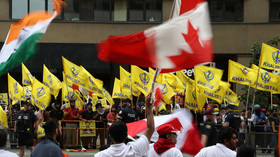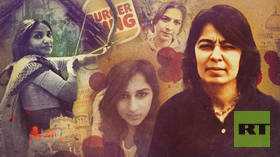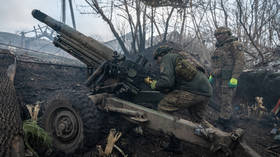The Reel Godfather: Why India’s mafia don is so popular among young people

In November 2024, the police in Bahraich, a district situated on the India-Nepal border in Uttar Pradesh (UP), arrested three and detained over half a dozen young people in connection with the high-profile murder of Mumbai politician Baba Siddiqui.
The victim, a three-time state legislator and former minister, was associated with Bollywood actor Salman Khan.
The notorious Lawrence Bishnoi gang claimed responsibility for the murder on social media. A post allegedly by an associate of the gang read: “We do not have any enmity with anyone but whoever helps Salman Khan… keep your accounts in order.”
The suspected killers are young men from economically disadvantaged backgrounds who were reportedly employed at a scrap dealer’s shop in India’s financial capital, Mumbai. The police’s Special Task Force discovered that the Bishnoi gang meticulously selected them based on their social media activity.
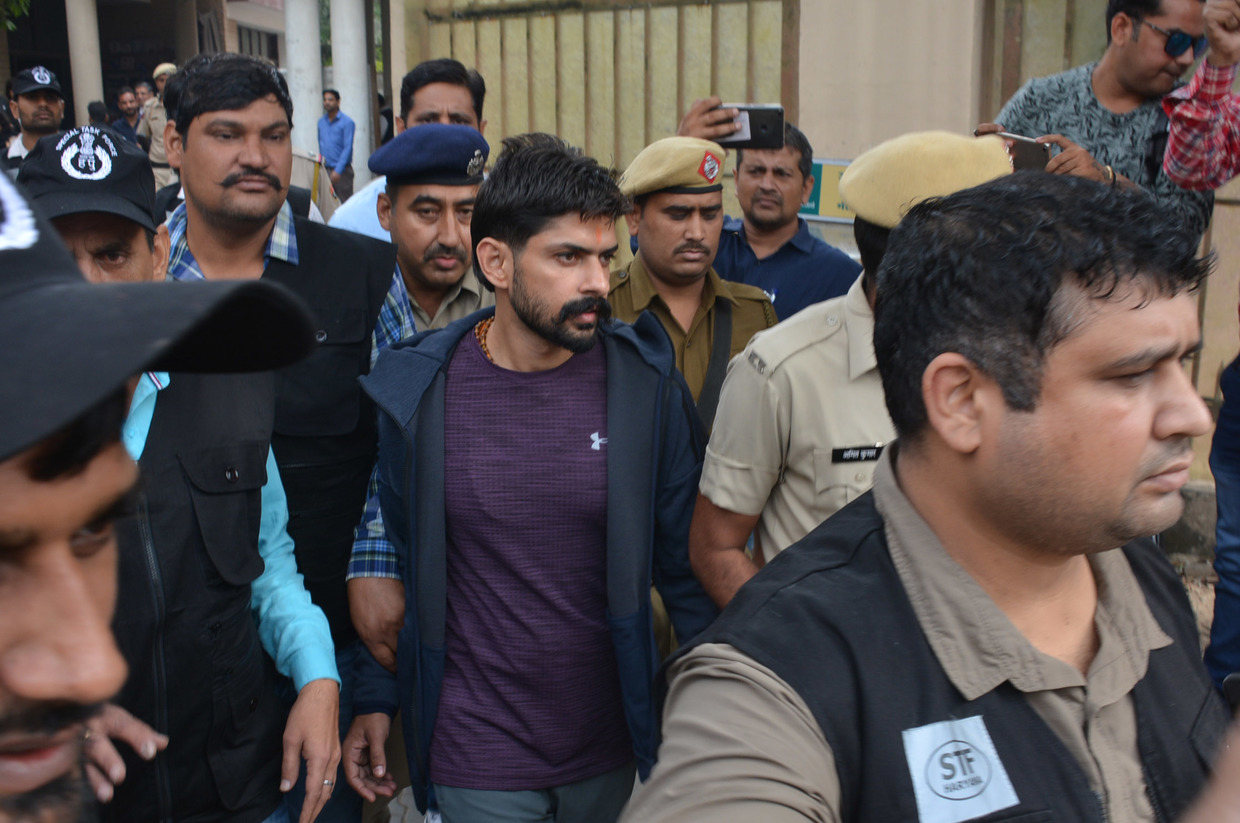
While gangster culture in India has a long history, it had seen a lull in violence for at least a decade until 2022, when Punjabi singer Siddhu Moosewala was murdered. The Bishnoi gang claimed responsibility. Since then, Balkaran Brar, who is better known as Lawrence Bishnoi and is currently in jail, has gained notoriety.
He reportedly took the name ‘Lawrence’ during his school years, following the recommendation of his aunt, who felt the name sounded better as he was born with a fair complexion. He’s been both embraced and vilified in the popular discourse.
Some regard him as a modern-day revolutionary, while others label him a common criminal. Some admire him for issuing threats to Bollywood actor Salman Khan, claiming that he is a man of principles; and many consider him a modern-day revolutionary like Bhagat Singh, believing that he is fighting Khalistan separatists who want a separate homeland in South Asia for Sikhs, but who are more active abroad than in India.
Before Lawrence, the only big mafia names in northern India were men like the late Atiq Ahmad and the late Mukhtar Ansari, both of whom later turned to politics. Ahmad was shot dead from close range in police custody by young criminals while being escorted for a medical checkup in the northern Indian city of Prayagraj in 2023.
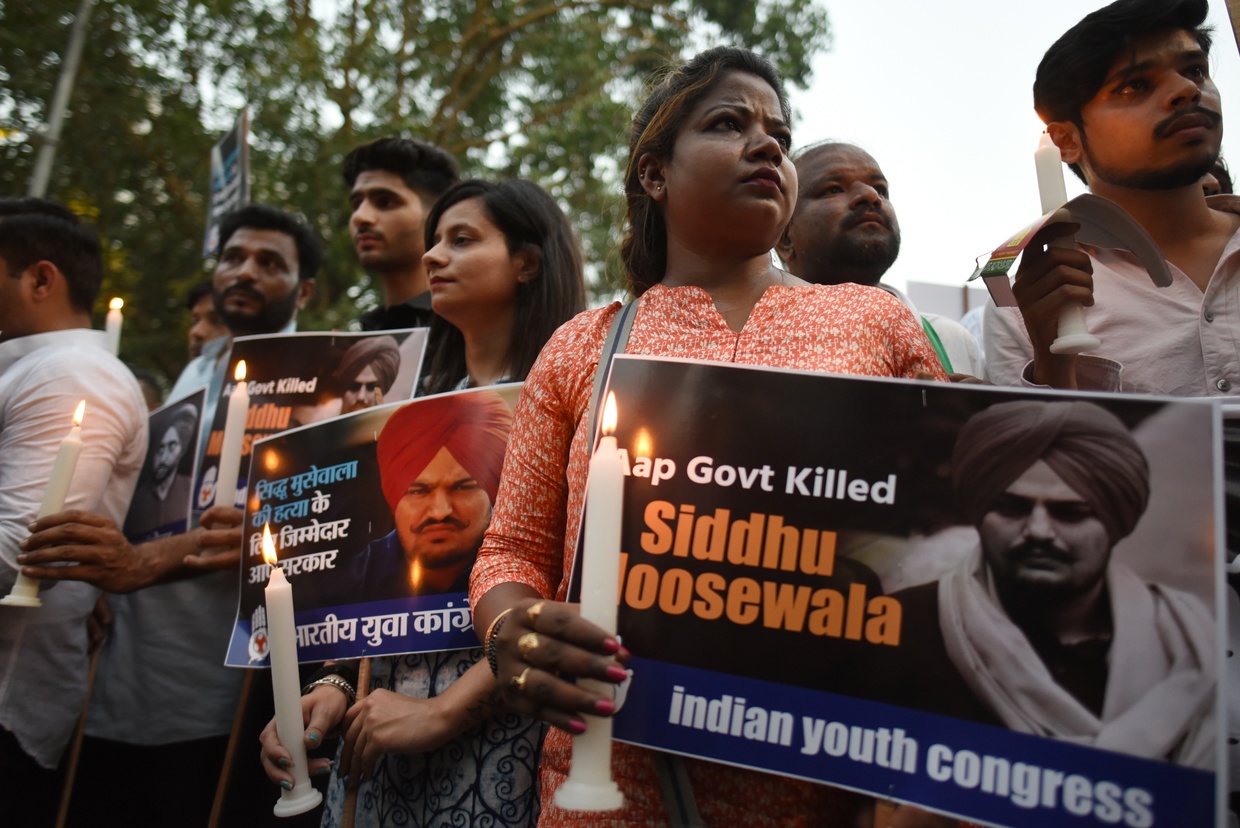
Former UP Police Chief Vikram Singh believes that a lot has changed in the recruitment of criminals ever since the internet became cheaper.
“Earlier, from what I heard during interrogation, wannabe criminals approached mafias for their clout,” Singh told RT.
“They first became a part of the mafia cavalcade and then their bodyguards. During this transition newcomers were tested by being assigned smaller crimes like making ransom phone calls, issuing threats, assaults, kidnapping, etc. The bigger tasks of execution and gang war were only assigned to those who were close after proving their mettle and gaining the confidence of the mafia.”
“There are many examples like the late Sanjeev Maheswari alias Sanjeev Jeeva, who was once the closest aide of Mukhtar Ansari,” Singh said. “He rose through the ranks to become one of the most notorious criminals from being a driver.”
The former top cop added that gangs and their members now keep a close eye on social media.
“The tendency is now to pick people who have a criminal mindset, want to dominate in their respective regions and, most importantly, these gangs want to see how far a person can go,” he said. “Take the scrap vendors who killed Baba Siddiqui. They posted several reels and snaps on social media in which they bragged that they wanted to be criminals, flaunting guns, etc.”
In September 2023, less than a day after India’s premier investigation agency put separatist Sukhdool Singh on its most wanted list, he was killed in a shootout in Winnipeg, Canada. Bishnoi’s gang claimed responsibility, calling its target a “drug addict” who was “punished for his sins.”
A Washington Post report claimed that National Security Adviser Ajit Doval held a secret meeting with his Canadian counterpart in Singapore, where they discussed Bishnoi’s alleged involvement in the killing of Khalistan terrorist Hardeep Singh Nijjar in Canada.
Nijjar was shot and killed on June 18, 2023 in Surrey, British Columbia, Canada. He was linked to Gurpatwant Singh Pannun, the leader of the banned separatist group Sikhs for Justice. New Delhi has strongly denied allegations of involvement in the assassinations, insisting that Canada has failed to provide substantial evidence for its accusations.
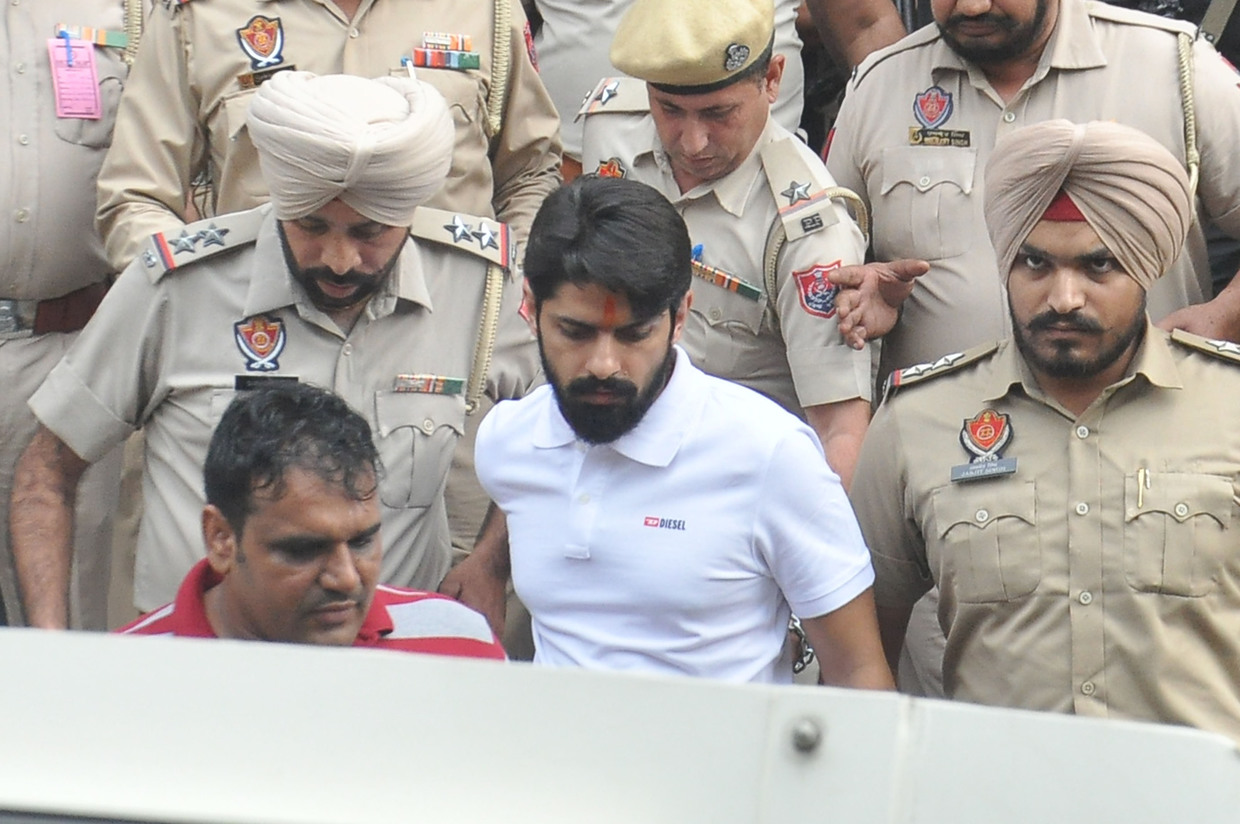
Lawrence Bishnoi was born in 1993 and is a member of the Bishnoi community in Rajasthan, which reveres nature and animals. It has a longstanding feud with film star Salman Khan dating back to 1998, when Khan was accused of killing two black bucks (an endangered species) during an illegal hunting trip in Rajasthan while shooting for a film. This animosity resurfaced in April 2024 when two gang members were arrested for firing at Khan’s residence in Mumbai.
A retired police chief of India’s largest police force met Bishnoi in jail and described him as “rebellion in nature.” Rather than seeking to reform himself, Bishnoi formed a powerful network of gangsters, including hundreds of shooters around the country, with the help of his mentor, Rocky Fuzilka, another significant criminal figure.
This former police officer (who wished to remain anonymous) believed that Bishnoi was quietly receiving political patronage and that this is one of the main reasons behind the rise of Bishnoi’s network and his fame, both nationally and internationally. He stressed the need to investigate the authorities of the jail in which Bishnoi is held to ascertain how he is making the network bigger day by day.
India’s National Investigation Agency (NIA) has characterized Bishnoi as the leader of a 700-member criminal organization with recruits reportedly being lured through social media. A co-accused’s confessional statement to the NIA revealed that the gang uses platforms to showcase criminal activities, attracting prospective members who reach out to join.
“The gang recruits new members through social media. The gang used to post criminal/terrorist activities on social media and after watching this type of post, fresh persons would contact the gang to join. Thereafter, the gang scrutinized the requests received through social media and shortlisted the requests as per our requirements,” the co-accused said.
In response to the growing influence of gangster culture among young people, the UP police initiated operations to monitor social media postings related to criminal activity.

Dr. Krishna Dutt, a retired clinical psychologist from King George Medical University in the UP’s capital, Lucknow, highlighted multiple factors driving young people toward crime, including glamorization through movies and social media, as well as a desire for recognition and dominance.
“We have a long history of gangs and how they have influenced our youngsters,” Dutt said. “In the early 90s, after the movie Khalnayak, every third person began flaunting long hair and there was a rise in local crimes. Movies were one factor driving youngsters towards crime.
“Now in this technologically advanced society, all displays of dominance and pseudo-machismo are effortlessly done through social media,” Dutt said. “You can easily find young boys and even girls showing off country-made weapons, beating up people, etc. A hunger for attention is another factor. And then, youngsters are nowadays influenced by real gangsters. The glorification of these gangsters leads to people being attracted to crime.”
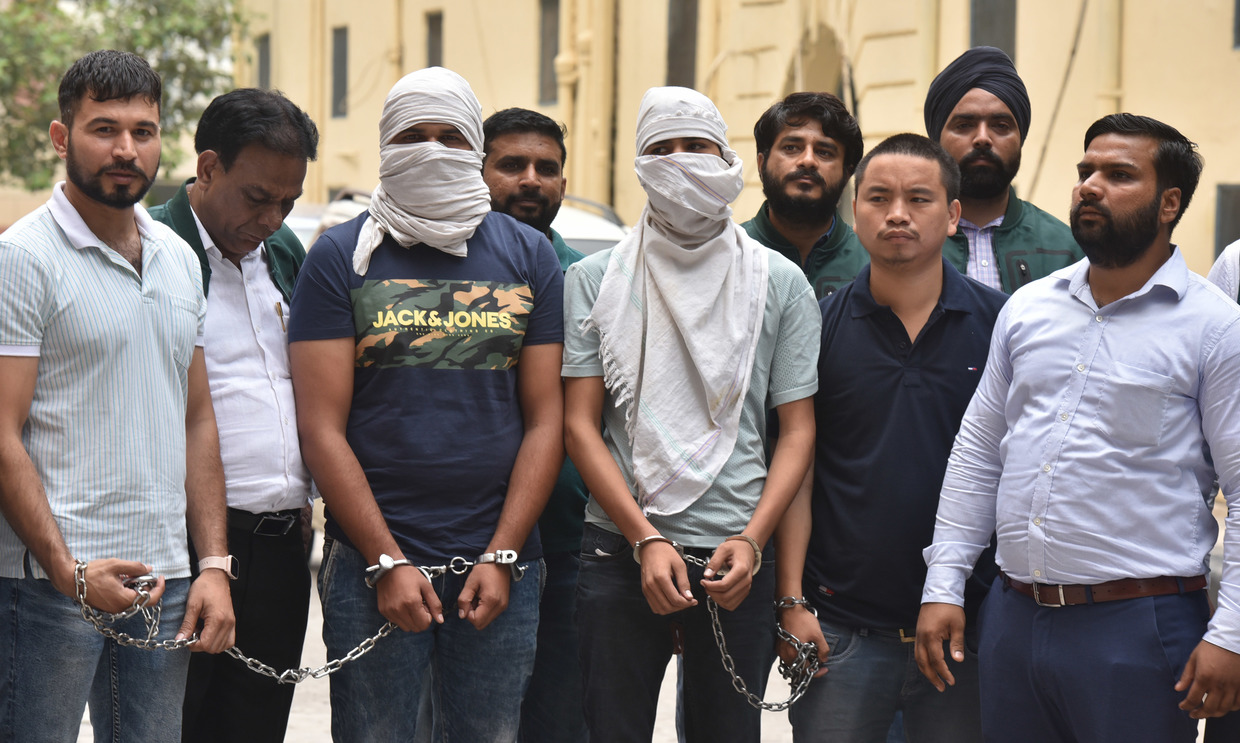
This trend is a matter of concern, and as reactions spread across the country, the police in Pune, Maharashtra (in western India) have stepped up the monitoring of social media accounts after incidents involving threats linked to the Bishnoi gang.
Deputy Inspector General Vipin Mishra has suggested strict regulations on social media, arguing that the government should consider banning it for children under the age of 12 to combat the spread of criminal behavior among the youth.
“The intersection of social media and organized crime presents an unprecedented challenge for India,” Dutt said.
“When economically vulnerable youth see a criminal commanding a massive following from behind bars and orchestrating international operations through social media, it creates a dangerous aspirational model. We’re not just fighting crime anymore – we’re fighting an entire digital ecosystem that transforms local criminals into celebrated figures, making traditional law enforcement methods increasingly obsolete.”
